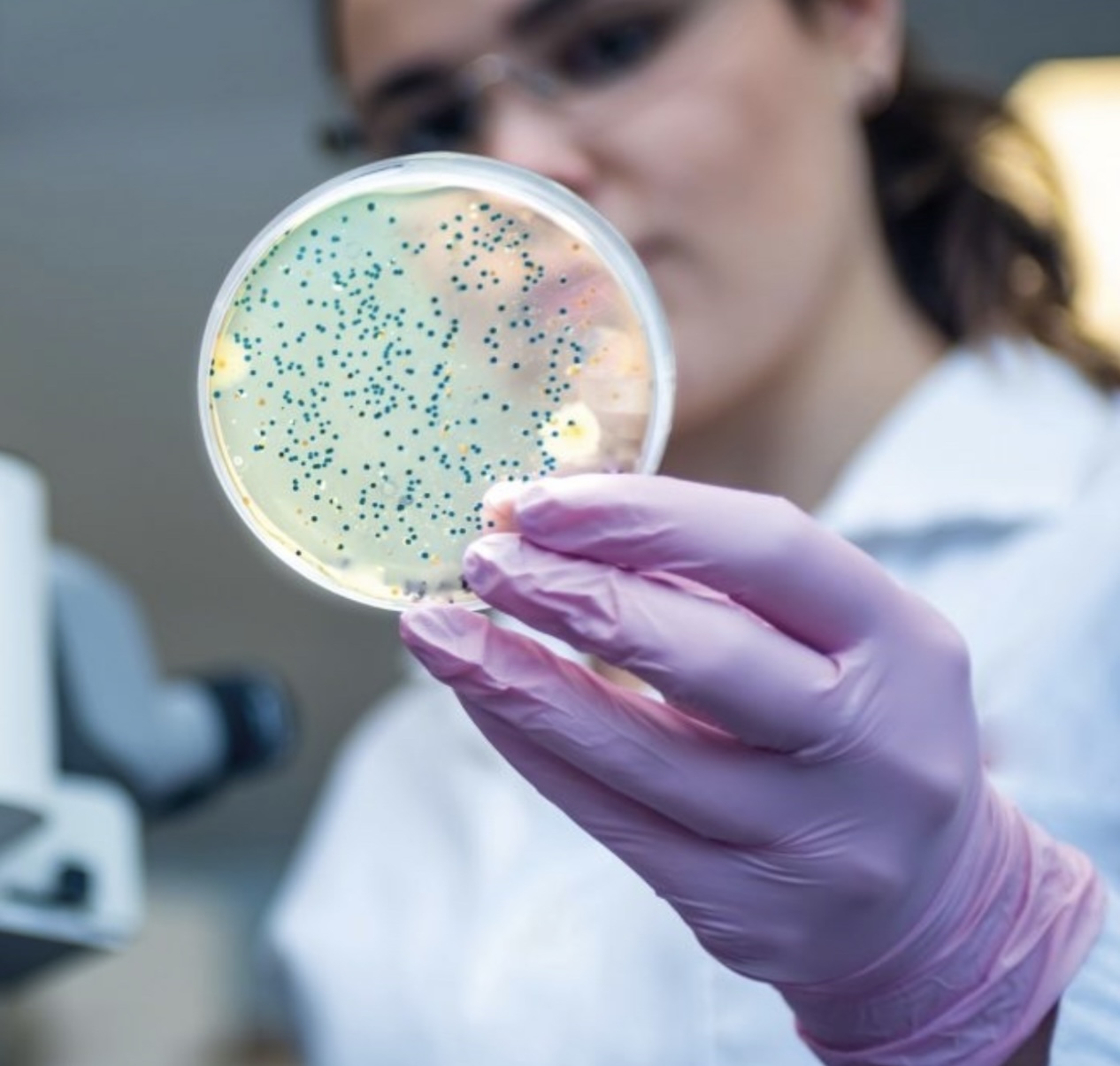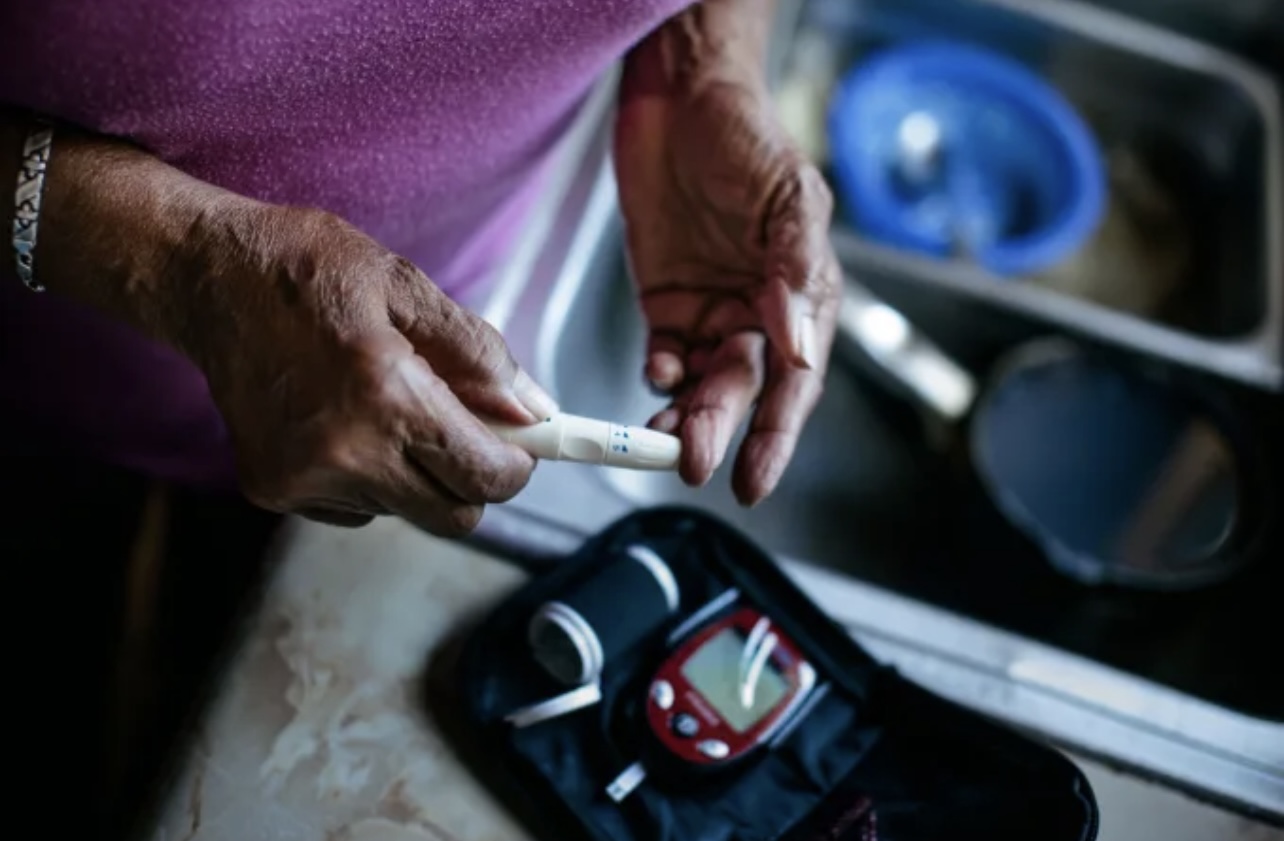A large-scale study of the blood test called Galleri test—designed by GRAIL, Inc. to screen for more than 50 types of cancer—has yielded what researchers are describing as exciting results in its latest data release. The trial, known as PATHFINDER 2, enrolled over 35,000 adults aged 50 and older without clinical suspicion of cancer, primarily in the U.S. and Canada, and evaluated how the Galleri test performs when added to current guideline-based cancer screening.
According to the company, when the Galleri test was used alongside standard screenings — such as for breast, cervical, colorectal and lung cancers, the number of cancers detected within one year rose more than seven-fold compared to the standard screening alone. More than half of those cancers found by Galleri were early stage (stage I or II), which is notable because early detection often correlates with better treatment outcomes.
Key performance numbers reported include a “positive predictive value” (i.e., the probability that a person with a positive test result actually has cancer) of roughly 61.6 %, and a specificity (chance that a person without cancer has a negative test) of 99.6 %—translating into a false positive rate of about 0.4 %. The test also correctly predicted the likely tissue or organ of origin of the cancer signal in around 92 % of cases where it detected a signal.
Journalists and external experts are reacting with cautious optimism. Science outlet STAT News noted that the sensitivity (ability to detect cancers) for all cancers was about 40.4 % in this first one-year cohort, and roughly 73.7 % for the 12 cancer types responsible for two-thirds of U.S. cancer deaths meaning many cancers would still be missed. According to the analysis by PharmaPhorum, roughly three-quarters of the cancers found by Galleri were of types that currently lack standard screening tests, such as pancreatic or liver cancers.
At the same time, some experts note limitations. Though the positive predictive value is higher than previous versions of the test, the fact remains that in the trial about 38 % of positive test results did not lead to a cancer diagnosis—meaning significant follow-up, potential anxiety for patients, and health-system workload remain.
The company plans to submit the data to the U.S. Food and Drug Administration (FDA) as part of its pre-market approval application, and hopes to complete that submission by the first half of 2026. It is also working in the U.K. with the National Health Service on a large screening trial (the NHS‑Galleri trial) to test the feasibility, effectiveness and population-impact of the technology.
In short, the results signal a potentially transformative advance in cancer screening—one blood draw screening dozens of cancers rather than relying solely on separate tests for individual organs. Still, they do not yet demonstrate that using the test will reduce the number of people who die from cancer, or exactly how best to integrate it into real-world health systems. As such, patients and providers are advised to view Galleri as an adjunct to, not a replacement for, the currently recommended screening tests.
Overall, the new data mark a strong step forward in the field of multi-cancer early detection (MCED) tests—but because implementation, long-term outcomes, cost-effectiveness and equity remain open questions, caution and further research remain crucial before widespread rollout.



